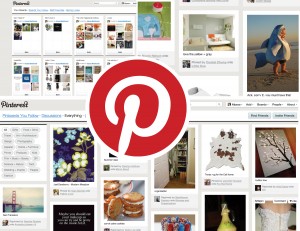In response to Harvard Business Review’s blog “Don’t Start a Company with your Business School Pals”
 Companies fail for all sorts of different reasons and I don’t believe that the reasons Michael Fertik provided are the only attributes to an unsuccessful business. While I agree that starting a company with friends is not always the best idea, I don’t believe it is because of an artificial relationship. Going into business with any friends, whether they be school friends or not, is dangerous, and you always run the risk of butting heads.
Companies fail for all sorts of different reasons and I don’t believe that the reasons Michael Fertik provided are the only attributes to an unsuccessful business. While I agree that starting a company with friends is not always the best idea, I don’t believe it is because of an artificial relationship. Going into business with any friends, whether they be school friends or not, is dangerous, and you always run the risk of butting heads.
With my three-month experience of University, or Business school in specific, I think the opposite is true of what Fertik had expressed in his blog. I have met so many different personalities and a wide variety of different thought processes. I believe that if I were to be in junction with one of my fellow classmates there would be no shortage of different lenses that we could look through.
Picture: http://b1advanced.com/wp-content/uploads/2013/01/friends.jpg
References:
External Blog: “HBR Blog Network.” Harvard Business Review. N.p., n.d. Web. 18 Nov. 2013. <http://blogs.hbr.org/2013/11/dont-start-a-company-with-your-business-school-pals/>.









